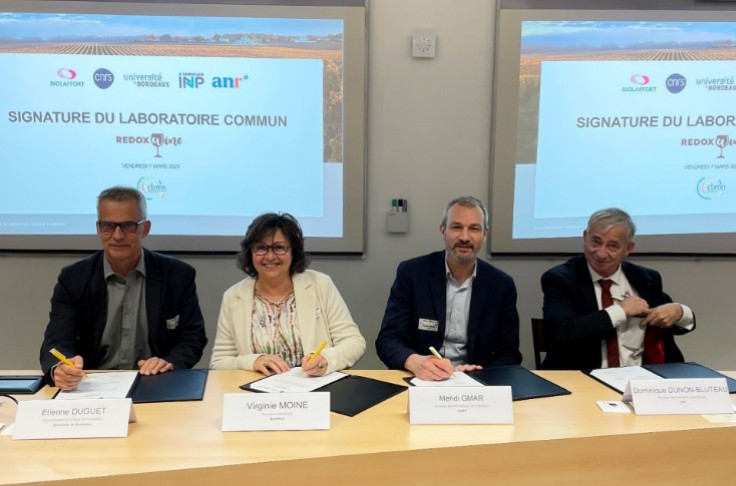Can the ageability of wines be predicted from the vine?

edoxWine is the name of the new joint laboratory funded by France’s National Research Agency to the tune of €363,000 for 54 months. It involves the company Biolaffort, the CNRS research organisation, Bordeaux University and Bordeaux INP polytechnic. The aim of the collaboration is to predict wine oxidation over time.
The first step is to “put together a large-scale database to understand whether wines that mature in a certain way share similar Redox patterns”, explains Virginie Moine, Biolaffort’s scientific director. The scientists plan to analyse wines from different grape varieties, vineyard sites, vintages and technical management by working with a number of producers in the New Aquitaine region. “We currently have 400 samples of wine. Our aim is to reach 2,000 by the end of the year”, adds Moine.
‘Redox’ patterns in wines match different ageing itineraries but the teams subsequently hope to successfully combine the measurement with other analyses to create a chemical ‘ID card’ for the wines that allows their ageing to be predicted. “Our plan is to go back to the vine and predict the ageing of the wine starting from that stage”, explains StĂ©phane Arbault, research director at the CNRS. “By knowing how the wine will evolve in the future, we can offer suitable solutions for producers at each stage of the winemaking process”, says Moine.






